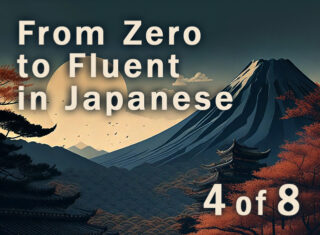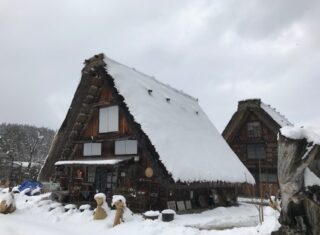- Learning Japanese
- From Zero to Fluent in Japanese
What Makes Japanese Castles So Fascinating? An Introduction to Highlights for Castle-Hopping and the Differences from Western Castles
2025.04.12
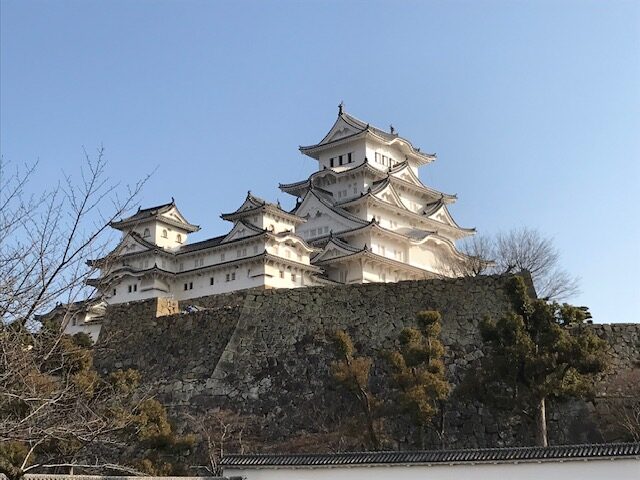
Have you ever thought, “I’d love to go on a trip visiting Japanese castles”?
Japanese castles are deeply connected to history, and by visiting them while traveling, you can enjoyably learn about Japan’s history and culture.
In this article, I’ll introduce the charm of Japanese castles and how they differ from Western castles. I’ll also explain key points to make your castle-hopping experience in Japan even more enjoyable.
In addition, we’ll take a closer look at the history and types of Japanese castles, and carefully select five of the most popular castles in Japan. If you’re planning a trip to Japan, be sure to use this as a reference!
I love learning and teaching about Japanese history and culture, and have brought students studying Japanese from the U.S. to Japan in the past many times. It’s a wonderful experience to actually see the history right in front of your eyes, and it helps you remember, understand, and feel the history on a completely different level. I’m so excited to explain the appeal of Japanese castles in detail, I just love Japanese Castles!
What Makes Japanese Castles So Fascinating?
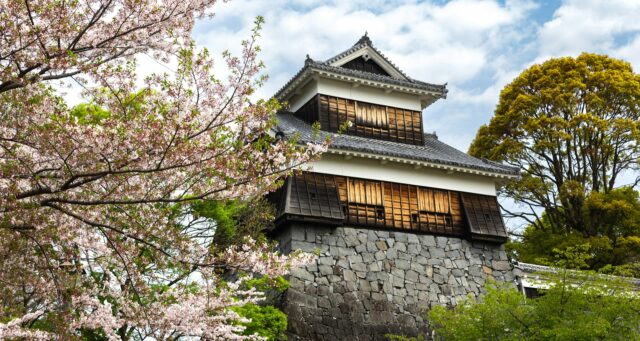
The charm of Japanese castles lies in the unique architectural beauty of each castle and the history associated with them.
While castles were built for purposes such as defending against enemy invasions, they also possess artistic beauty, and each one offers a different design to enjoy.
Furthermore, since there are castles from various periods—from the Yayoi period to the Edo period—you can get a sense of the historical background of each era of Japan.
In addition, many castles are surrounded by remnants of castle towns, allowing you to enjoy beautiful townscapes—another part of their appeal.
The Roles of Japanese Castles
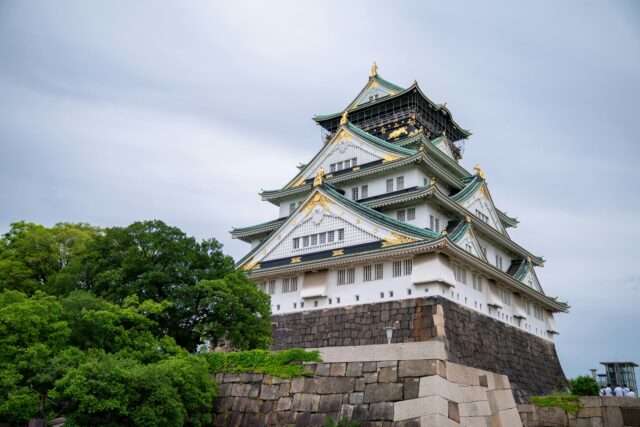
The roles of Japanese castles can be broadly divided into the following four:
- Defense against enemy invasion
- Display of power
- Political administration base
- Residence of the castle lord
In addition to serving as military bases where one could hole up and fight, castles also existed to demonstrate power and economic strength through their imposing presence.
Moreover, within the castle grounds were palace buildings where retainers gathered for political affairs, and in the main and secondary keeps, the castle lord resided.
The History of Japanese Castles
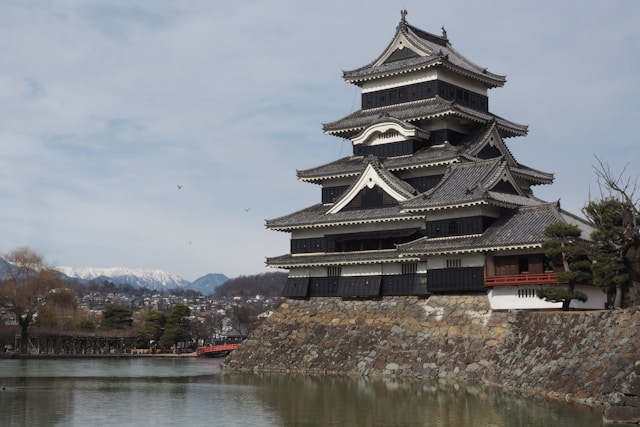
The history of Japanese castles is said to have begun in the Yayoi period. At that time, people would dig trenches called hori around their settlements to protect themselves from invasion.
By the 7th to 8th centuries, castles such as Mizuki were built deep in Hakata Bay with the aim of defending against China and Korea.
From the 10th century onward, as samurai came to dominate society, many castles made from earth and wood were constructed as defensive facilities used in warfare.
In the latter half of the 16th century, when Oda Nobunaga built Azuchi Castle—a castle with a full-scale tenshu (main keep)—large-scale castles began to be constructed.
Differences Between Japanese and Western Castles
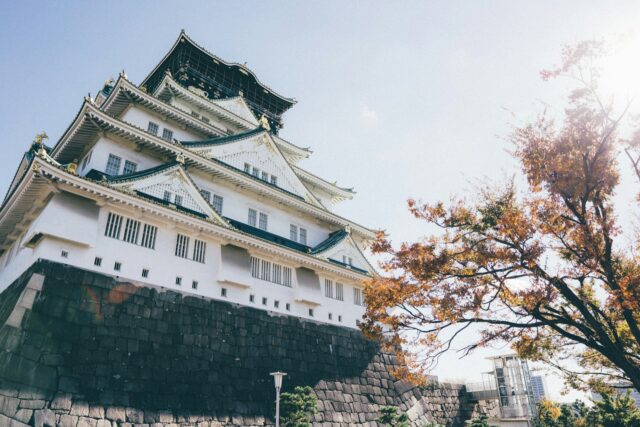
The differences between Japanese and Western castles lie in their “materials” and “structure.”
Japanese castles are mainly built using wood, while Western castles are constructed with stone.
This is because Japanese castles use wooden frame structures, which make them more resistant to earthquakes.
On the other hand, Western castles are made of stone, which is strong against physical impact. Their structures—featuring stone towers, walls, and moats—are designed to provide solid defense.
★Also try reading:
Deepen Your Understanding of Japanese Culture and Traditions! A Detailed Guide to 12 Iconic Traditions
Types of Japanese Castles
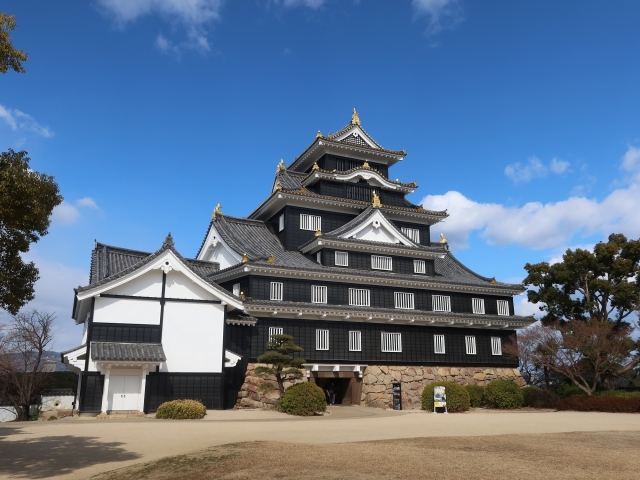
Japanese castles are classified based on the type of terrain they were built on. Each type of castle has its own characteristics and includes strategic features suited to its geographical conditions.
|
Type of Castle |
Features |
|
Yamajiro (Mountain Castle) |
Built using mountainous terrain, with the entire mountain serving as the castle complex. Takes advantage of steep terrain to block external invasions. |
|
Hirayama-jirō (Hilltop Castle) |
Built from the summit of a small hill down to the base. Combines the defensive strength of mountain castles with the convenience of flatland castles. |
|
Hirajirō (Flatland Castle) |
Built on level ground. Closely tied to castle towns and often served as political and economic centers. |
|
Mizujirō (Water Castle) |
Built using surrounding bodies of water like seas, lakes, or rivers. Characterized by the use of boats for transport and defense. |
Enjoying Castle-Hopping in Japan! 4 Key Highlights to Look Out For

Here are four key points to focus on to enjoy castle-hopping during your trip to Japan:
- Tenshu (Main Keep)
- Ishigaki (Stone Walls)
- Hori (Moats)
- Jōmon (Castle Gates)
Below, we’ll explain these four highlights in detail.
Tenshu
The tenshu is a tall structure built within the honmaru (main enclosure), and it is often considered the symbol of the castle.
What to pay attention to in the tenshu is the beauty of the gable-like parts at the edges of the roof called hafu.
There are four types of hafu: irimoya-hafu, kirizuma-hafu, chidori-hafu, and kara-hafu. While they serve a protective function for the castle, they also have high aesthetic value, adding to their beauty.
Ishigaki (Stone Walls)
Ishigaki refers to walls or barriers built by stacking stones, serving the purpose of reinforcing the castle’s defenses.
Here are the key points to note when observing ishigaki:
- The slope and curvature applied to allow the stone walls to be built higher
- Decorative patterns used to enhance the visual appeal of the stone surface
- Engravings carved into the stones
- “Kagami-ishi”, or large, prominent stones
Since the stonework varies by castle, try paying attention to these points when you visit.
Moats (Hori)
Moats are defensive features designed to prevent enemies from invading the castle. There are two types: karabori (dry moats without water) and mizubori (moats filled with water).
For karabori, focus on the depth and width—key indicators of defensive ingenuity. For mizubori, enjoy the aesthetic beauty of the tenshu reflected across the water-filled moat.
Castle Gates (Jōmon)
Castle gates played a crucial role in military defense, preventing enemy intrusion, and their construction varies from castle to castle.
Notable features include bends in the path beyond the gate, designed to make it difficult to advance directly, and upper levels of gates used as spaces for attacking intruders.
The number of gates also differs greatly depending on the castle. For example, Himeji Castle is said to have had over 80 castle gates.
5 Popular Castles in Japan
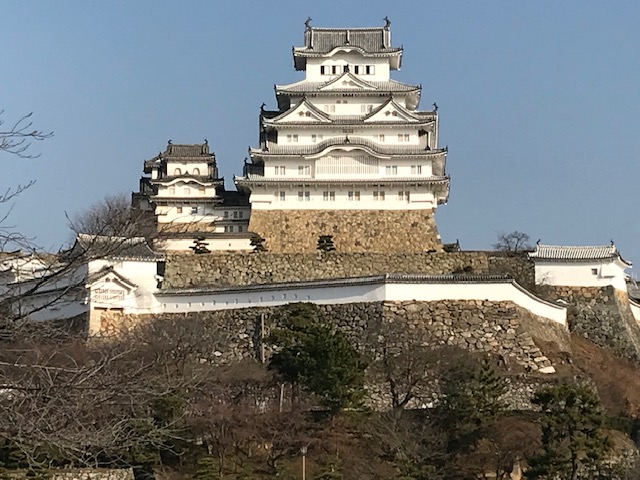
Here are five of the most popular castles in Japan:
- Himeji Castle
- Osaka Castle
- Nagoya Castle
- Matsumoto Castle
- Inuyama Castle
Let’s take a closer look at these five castles below.
Himeji Castle (Himeji City, Hyogo Prefecture)
Himeji Castle is one of Japan’s most iconic castles and was registered as a UNESCO World Cultural Heritage site in 1993. Because of its brilliantly white exterior, it is also known as Shirasagi-jō (“White Heron Castle”). It is well known for its beauty and excellent state of preservation.
One notable feature of Himeji Castle is its cleverly designed defense system. For example, the paths leading to the main keep are narrow and maze-like, designed to confuse invading enemies. Also, the stone walls use a design known as ōgi no kōbai (“fan-shaped slope”), where the lower portion is gentle and the upper portion becomes steeper, making it difficult for attackers to climb.
In addition, around 100 buildings from the original structure still remain, making Himeji Castle a valuable place to experience Sengoku and Edo-period castle architecture. Key highlights include the main keep, Nishi-no-maru (western bailey), and long covered corridors, which are sure to fascinate fans of both history and architecture.
When I brought students to Japan in the past, we also visited Himeji Castle. Students we’re so incredibly impressed and amazed upon seeing the grandeur of the castle for the first time. Himeji Castle, packed with history and culture, offers an even deeper appreciation when experienced in person.
Osaka Castle (Osaka City, Osaka Prefecture)
Osaka Castle is a massive castle complex built in 1583 by the unifier Toyotomi Hideyoshi, and was mostly completed in 1585. It later fell during the Summer Siege of Osaka in 1615, but was reconstructed by the Tokugawa shogunate during the Edo period.
The main keep, the symbol of Osaka Castle, is an eight-story structure offering sweeping views of the city and is now open to the public as a museum. Inside, visitors can learn about the life of Toyotomi Hideyoshi and the history of the Sengoku period. Exhibits include armor, weapons, and historical documents from the time.
From the observation deck, visitors can enjoy panoramic views of Osaka’s skyscrapers and distant mountains. At night, the illuminated main keep offers a particularly dreamlike and atmospheric sight.
Furthermore, Osaka Castle Park is a popular sightseeing spot for enjoying seasonal scenery, and in spring, it is known as a top cherry blossom spot, with around 3,000 cherry trees in full bloom.
Nagoya Castle (Nagoya City, Aichi Prefecture)
Nagoya Castle was built in the early Edo period by order of Tokugawa Ieyasu and flourished as the residence of the Owari branch of the Tokugawa family. Its most iconic feature is the golden shachihoko (ornamental tiger-headed carp), one of the castle’s luxurious decorative elements, which is still beloved today as a symbol of Nagoya.
At the heart of the castle lies the Honmaru Goten (Main Palace), known for its lavish architectural beauty. The rooms are adorned with sliding screen paintings, ceiling art, and elaborate carvings, allowing visitors to experience the opulence of samurai culture from the Sengoku and Edo periods. Especially striking is the Jōrakuden, a room resplendent with gold leaf that leaves a strong impression on visitors.
In addition, Nagoya Castle boasts one of the largest stone walls in the country. The massive Kiyomasa Stone, a legendary stone said to have been placed by Kato Kiyomasa, is particularly famous. Surrounding the castle is Meijō Park, a perfect spot for walking and sightseeing.
Matsumoto Castle (Matsumoto City, Nagano Prefecture)
Matsumoto Castle is one of the few castles in Japan with an original five-story, six-level main keep still standing today. Due to its black lacquered exterior, it is also known as Karasu-jō (“Crow Castle”). Among the 12 castles nationwide with surviving original keeps, Matsumoto Castle possesses the oldest one, making it especially valuable. This Castle is one of my all-time favorites; you can really feel the history with this one.
With its striking contrast of black and white, Matsumoto Castle blends harmoniously with its surrounding moats and stone walls, creating a scenic and picturesque landscape. On clear days, it is beautifully framed by the Northern Alps, creating a painting-like view.
Inside the castle, you’ll find exhibits of armor and swords from the Sengoku period, offering a glimpse into the battles of feudal warlords. From the top floor of the main keep, visitors can enjoy a panoramic view of the town of Matsumoto, experiencing both the romance of history and the beauty of the scenery.
Inuyama Castle (Inuyama City, Aichi Prefecture)
Inuyama Castle is said to have been constructed around 1537 (Tenbun 6) by Oda Nobuyasu, the uncle of Oda Nobunaga. It features the oldest wooden castle keep still standing in Japan today and has been designated a National Treasure due to its historical value.
The castle sits atop a low hill along the Kiso River, making use of the natural terrain for defensive purposes. Its keep has a three-story exterior and four-level interior, with steep and narrow staircases that reflect the defensive strategies of the Sengoku period. From the top-floor veranda, known as the mawari-en, visitors can enjoy a 360-degree panoramic view of the Kiso River and castle town below—an awe-inspiring experience.
The surrounding castle town retains the original Edo-period town layout, and features traditional townhouses converted into cafes and souvenir shops. Strolling through these atmospheric streets offers a chance to experience history firsthand, adding to the charm of Inuyama Castle.
★Also try reading:
19 Useful Japanese Phrases for Travel: Try Using Them in Different Situations!
Summary: The Appeal of Japanese Castles
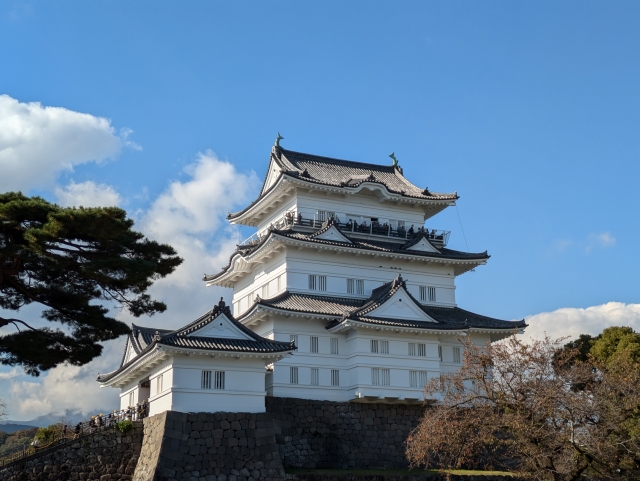
The appeal of Japanese castles lies in the unique architectural beauty of each one and the ability to experience the history surrounding them.
If you're interested in Japanese castles, why not visit the popular ones introduced in this article?
For those who love Japanese history and culture and want to learn Japanese for travel or reading, Oku Sensei’s Japanese offers online lessons we highly recommend.
At Oku Sensei’s Japanese, you can acquire practical reading, writing, and conversational Japanese skills, all while receiving comprehensive support.
Not only can you learn the language itself, but also Japanese culture, customs, society, and history—making it possible to develop real-life Japanese proficiency you won’t get from apps alone.
Right now, Oku Sensei’s Japanese is offering free 30-minute consultations, so be sure to check it out!
-
Before article
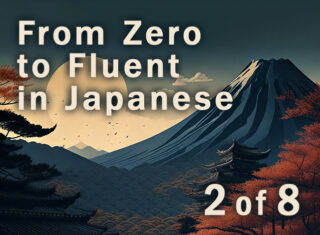
From Zero to Fluent in Japanese: The True Story of How I Mastered Japanese and Changed My Life – Part 2: Discovering the Path – The Spark Becomes a Flame
-
Next article
From Zero to Fluent in Japanese: The True Story of How I Mastered Japanese and Changed My Life - Part 4: Walking the Fire – The Reality of Living in Japanese
